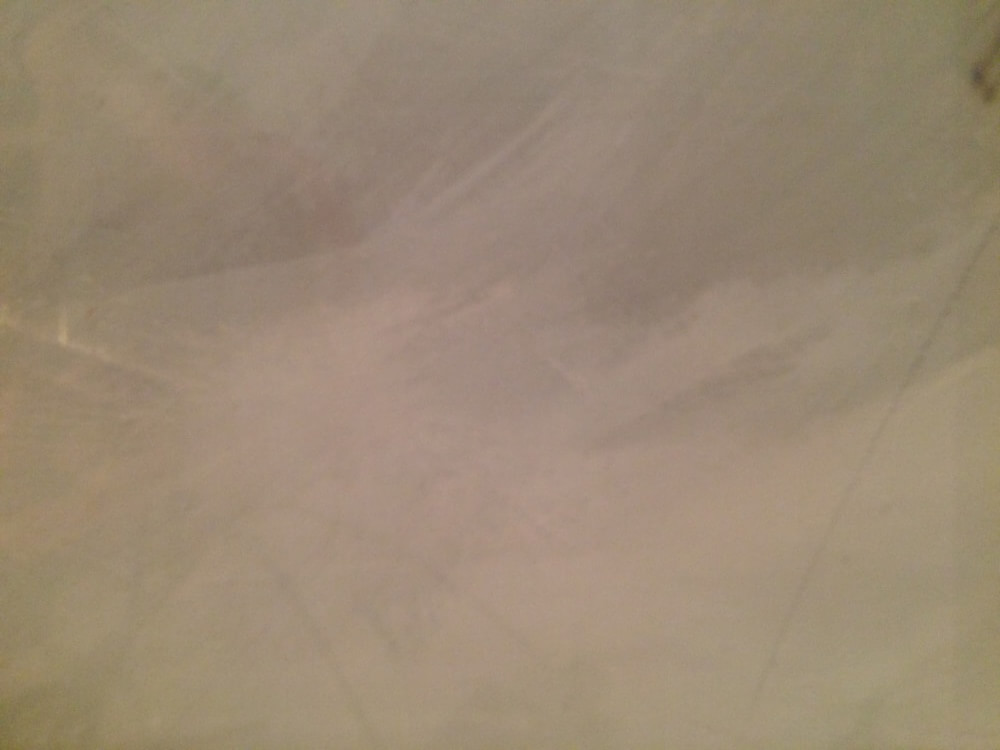published at: http://www.tsartprojects.com/#/exhibition/paper_works_ii
Text for the exhibition PAPER WORKS II at TS art projects Berlin
(translated by Tore Süssbier)
Georg Baselitz (born 1938)
In Georg Baselitz’ drawings and graphics, we can see evidence of his rather rough painting style as well as signs of the raw approach he uses in the creation of his wood sculptures. His motifs, such as figures and animals, are taken up again in many of the graphics. Baselitz’ eagle woodcut is a graphic example of his “upside-down” works, with which he achieved worldwide fame at the end of the 1960s. By inverting the image, he frees it from the subject matter. The etching of the human head is reminiscent of his sculptural busts. With a drawing style that tends toward the spontaneous, he works freely and shows his propensity to experiment in his graphic works, too, which he produced with various printing techniques at the end of the 1960s and 1980s and in which the line dominates and color is deliberately omitted.
Daniel Richter (born 1962)
Daniel Richter started out painting exclusively abstract images, before moving on to increasingly figurative elements. Narrational and enigmatic, his figurative works remind us of genres of the past, such as historical painting, which he both deconstructs and recontextualizes for the contemporary moment. His woodcut print series “Untitled” (2007) recalls graphics from the Middle Ages with a surreal collage effect. Dramatic scenes of torture, human figures with grotesque ghost-like faces, and oversized brightly colored birds evoke horror stories, nightmares, and past barbaric times. This special graphic series by the artist has the capacity to disturb the observer. It is enigmatic and ambiguous, like many of Daniel Richter’s work, which makes his art so unmistakable.
Christian Awe (born 1978)
Christian Awe was a student of both Georg Baselitz and Daniel Richter at the UdK (Berlin University of the Arts). In addition to his focus on urban art in the form of murals, Awe branched out into abstract painting on canvas and has also produced graphics and works on paper. With their colorfulness and apparent randomness, both his large-format paintings and his works on paper, which are created using various layers and techniques – through construction and dismantlement or dissolution – contain a strong materiality, for example in the fluidity of the paint. The composition and range of colors in his drawings and graphics have a fascinating vital power, which Awe achieves using his own mixing technique.
Martin Werthmann (born 1982)
Werthmann studied at the HFBK (University of Fine Arts Hamburg) in the class of Andreas Slominski. He was also a student of Wim Wenders, Fatih Akin, and Daniel Richter. Werthmann’s pictorial works primarily comprise large-format, monotypic woodblock prints. Usually using photos as references, he transfers the images to wooden plates and pieces them together like collages. In doing so, he superimposes many layers of paint and creates unique color fields as well as structures and forms. The edition series F60.9 draws on one of his formal elements. These are light reflections on the surface of a swimming pool, which Werthmann then mirrors twice, so that, on the one hand, a biomorphic pattern is created that – due to the positive/negative effect – gives the appearance of two spatial entities and, on the other hand, a multidimensional space is described through the mirroring.
Text by Katia Hermann, art historian
